An expert in applying artificial intelligence (AI) to problems in animal ecology at Rensselaer Polytechnic Institute will join a team of researchers in a new $20 million National Science Foundation (NSF) Artificial Intelligence Research Institute announced on Thursday.
Tag: Ecology
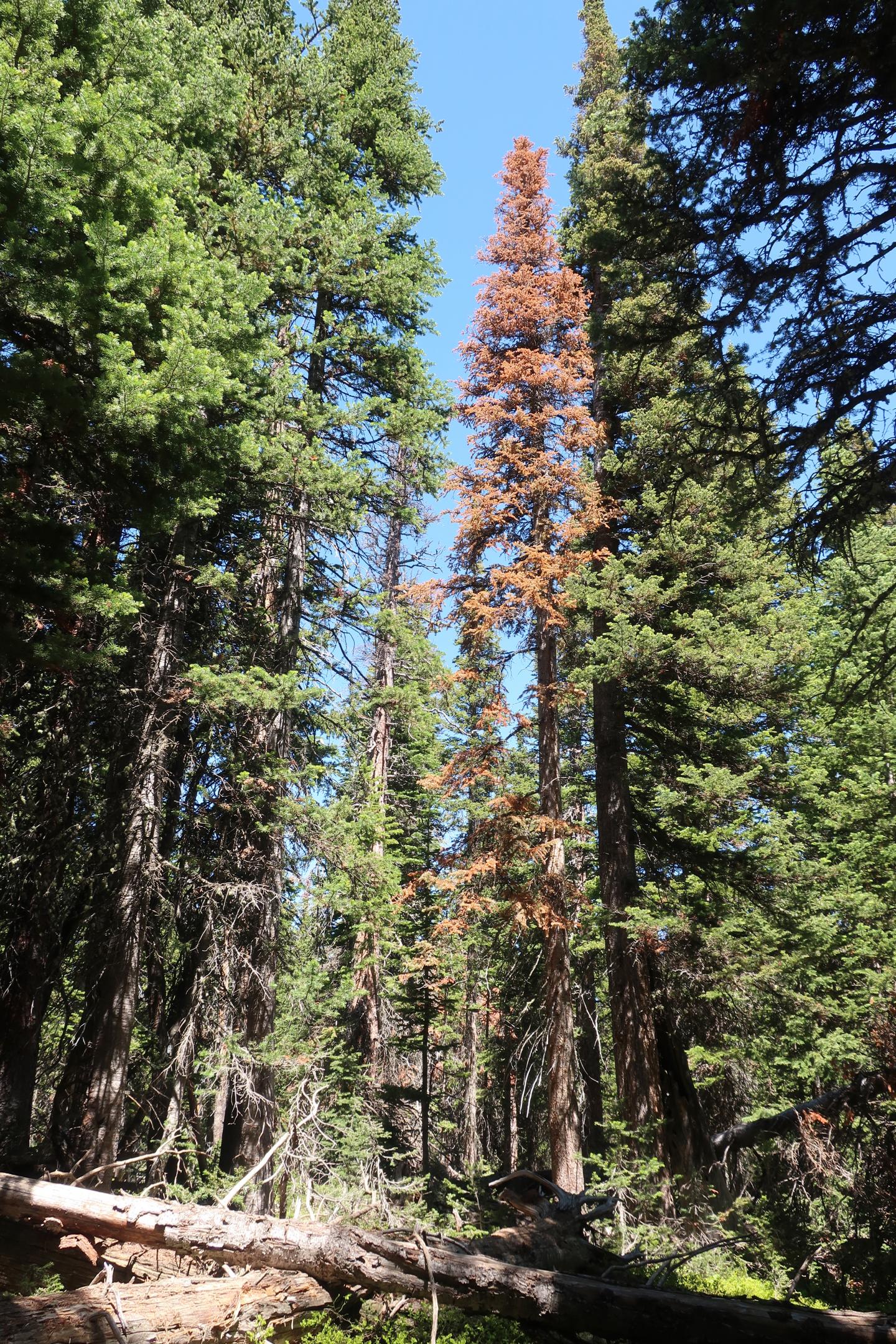
Extreme Heat, Dry Summers Main Cause of Tree Death in Colorado’s Subalpine Forests
Even in the absence of bark beetle outbreaks and wildfire, trees in Colorado subalpine forests are dying at increasing rates from warmer and drier summer conditions, found recent University of Colorado Boulder research.
Bio-based coating for wood outperforms traditional synthetic options
Researchers have used lignin, a natural polymer abundant in wood and other plant sources, to create a safe, low-cost and high-performing coating for use in construction. The coating is non-toxic, hydrofobic, it retains wood’s breathability and natural roughness while being resistant to colour changes and abrasion.
Wolf Pups Born on Isle Royale, Moose Poised for Decline
Michigan Tech researchers return to the island to discover new insights about the wolves and moose of Isle Royale.
Male dragonflies lose their ‘bling’ in hotter climates
A study led by Michael Moore at Washington University in St. Louis finds that dragonfly males have consistently evolved less breeding coloration in regions with hotter climates. The work reveals that mating-related traits can be just as important to how organisms adapt to their climates as survival-related traits.
Hunting, hidden deaths led to estimated 30% reduction in Wisconsin’s wolf population
About 100 additional wolves died over the winter in Wisconsin as a result of the delisting of grey wolves under the Endangered Species Act, alongside the 218 wolves killed by licensed hunters during Wisconsin’s first public wolf hunt, according to new research. A majority of these additional, uncounted deaths are due to “cryptic poaching,” where poachers hide evidence of illegal killings.
Conservation concern as alien aphid detected on Kangaroo Island
An invasive species of aphid could put some threatened plant species on Kangaroo Island at risk as researchers from the University of South Australia confirm Australia’s first sighting of Aphis lugentis on the Island’s Dudley Peninsula.
Are zebra mussels eating or helping toxic algae?
While invasive zebra mussels consume small plant-like organisms called phytoplankton, Michigan State University researchers discovered during a long-term study that zebra mussels can actually increase Microcystis, a type of phytoplankton known as “blue-green algae” or cyanobacteria, that forms harmful floating blooms.
Antelope’s fate shrouded by social, political forces
The story of efforts to conserve the endangered oribi in South Africa represent a diaspora of issues as varied as the people who live there.

Climate change is driving plant die-offs in Southern California, UCI study finds
Irvine, Calif., June 21, 2021 – A shift is happening in Southern California, and this time it has nothing to do with earthquakes. According to a new study by scientists at the University of California, Irvine, climate change is altering the number of plants populating the region’s deserts and mountains. Using data from the Landsat satellite mission and focusing on an area of nearly 5,000 square miles surrounding Anza-Borrego Desert State Park, the research team found that between 1984 and 2017, vegetation cover in desert ecosystems decreased overall by about 35 percent, with mountains seeing a 13 percent vegetation decline.
‘An unexplored world right beneath our feet:’ Cave ecologist on the importance of caves in discussions on conservation, caves on other planets
Jut Wynne, director of NAU’s Cave Ecology Lab, talks about cave health all the time. But during 2021, the International Year of Caves and Karst, he and other researchers are inviting the rest of us to consider all the ways these ecosystems contribute to society without us even knowing it.
Tulane professor has the latest buzz on cicadas
When biologist Keith Clay came to Tulane University in July 2018, he brought with him an impressive knowledge of periodical cicadas, the noisy bug that has emerged by the billions in states east of the Mississippi after 17 years underground.…

Seabirds face dire threats from climate change, human activity — especially in Northern Hemisphere
Many seabirds in the Northern Hemisphere are struggling to breed — and in the Southern Hemisphere, they may not be far behind. These are the conclusions of a study, published May 28 in Science, analyzing more than 50 years of breeding records for 67 seabird species worldwide.
Trillions of cicadas are beginning to emerge across the U.S. and one Bowling Green State University expert is available to add insight, context to your reporting
Trillions of cicadas are beginning to emerge in parts of the U.S., and Dr. Daniel Pavuk with Bowling Green State University knows all about the bugs and can add helpful information and context about them to your reporting. Labeled as…
Orangutan Finding Highlights Need to Protect Habitat
Wild orangutans are known for their ability to survive food shortages, but scientists have made a surprising finding that highlights the need to protect the habitat of these critically endangered primates, which face rapid habitat destruction and threats linked to climate change. Scientists found that the muscle mass of orangutans on the island of Borneo in Southeast Asia was significantly lower when less fruit was available. That’s remarkable because orangutans are thought to be especially good at storing and using fat for energy, according a Rutgers-led study in the journal Scientific Reports.
Iconic bird makes its home on campus
With its tree-laden campus and adjacent protected natural reserves, UCI enjoys being home to a great variety of bird species. One particular raptor continues to capture the attention of the many avid birders in Orange County: the white-tailed kite. This iconic bird of Orange County – named for its ability to hover in the air while hunting –nearly went extinct throughout California in the early 1900s due to human-related threats.
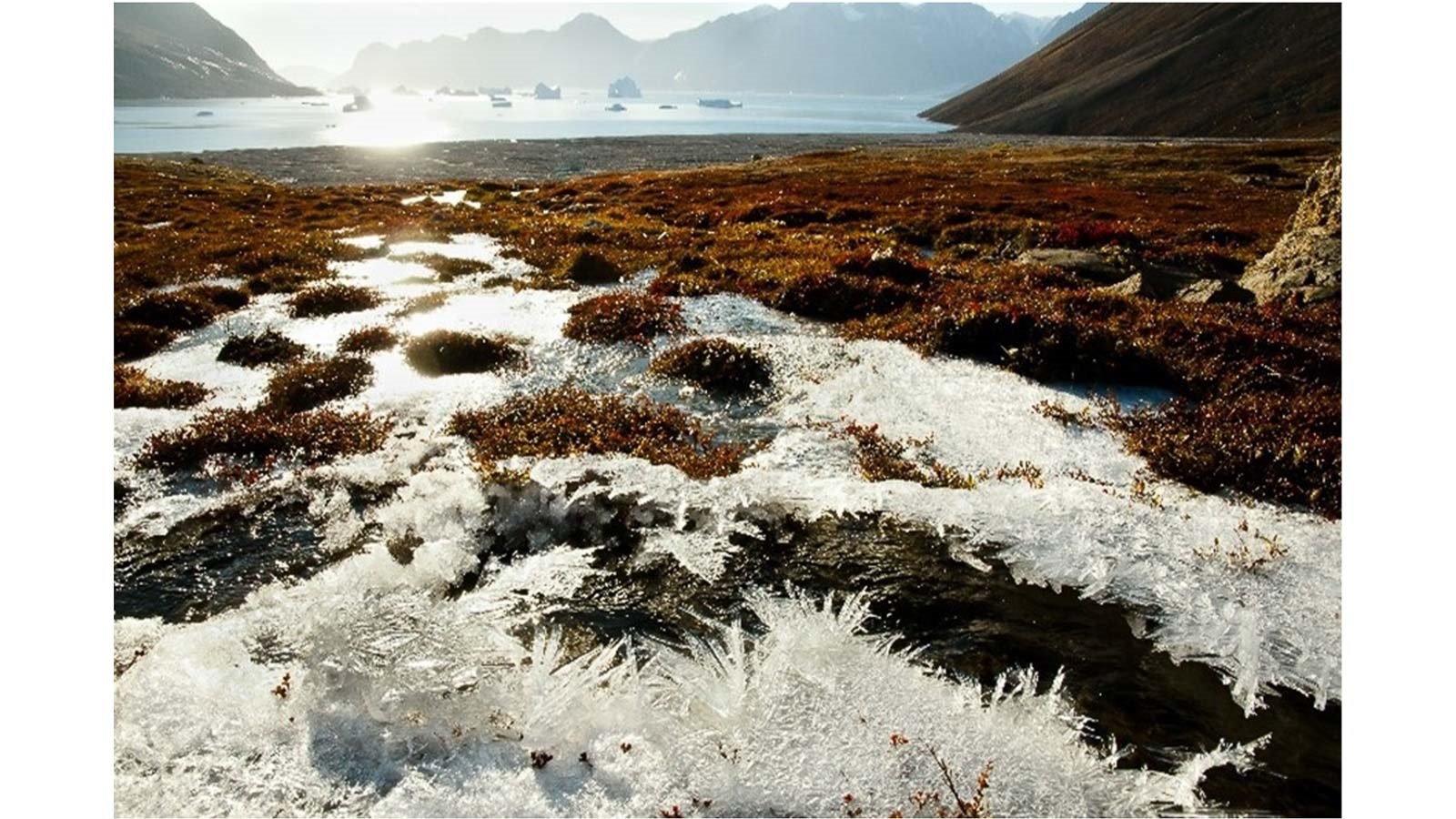
Argonne team unravels mysteries of carbon release in permafrost soils
Argonne scientists are studying the release of carbon in thawing permafrost regions to help predict the impact of rising global temperatures on future greenhouse gas emissions.
In wild soil, predatory bacteria grow faster than their prey, NAU study shows
The study, led by Ecoss director Bruce Hungate and co-authored by many other NAU researchers, found that these predatory bacteria, which eat other bacteria, play an outsized role in how elements are stored in or released from soil.
For Earth Systems Scientists, Every Day is Earth Day
Research on Earth’s systems can help scientists better understand our planet’s past and future. The Department of Energy’s Office of Science supports work to gather observations, improve models, and feed them into computer simulations.
Spring 2021 emergence of Brood X cicadas: Indiana University experts available to comment
Indiana University experts in biology and ecology are available to comment on the emergence of the Brood X cicadas, a spectacular event that occurs every 17 years in the eastern United States.
8 Things Argonne is Doing to Save the Earth
Stepping into their superhero gear, Argonne scientists are using science and the world’s best technology to combat some of Earth’s toughest foes, from pollution to climate change.
Deciduous trees offset carbon loss from Alaskan boreal fires, new study finds
The study, led by NAU’s Michelle Mack, began after the 2004 fire season in Alaska, which led to a dramatic shift in the trees that grew in the area. Researchers found the aspen and birch trees absorbed more carbon more quickly than the black spruce it replaced.
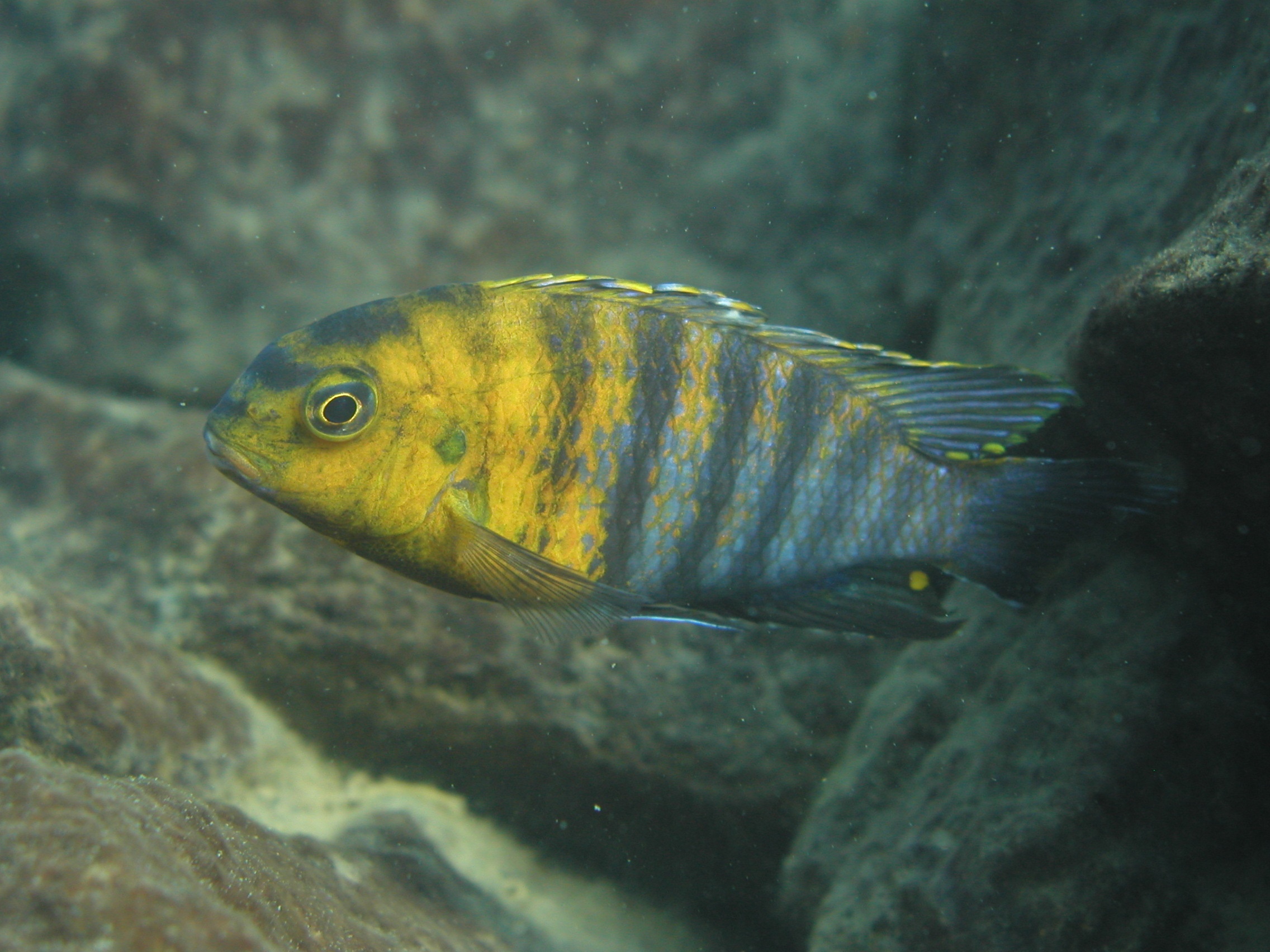
How Did 500 Species of a Fish Form in a Lake? Dramatically Different Body Clocks
Despite the dramatic difference between day and nightlife, how fish exploit different times of day has not been studied systematically. Scientists explored alterations in the circadian timing of activity and the duration of rest-wake cycles in Lake Malawi’s cichlids and identified the first single nocturnal species. Timing and duration of rest and activity varies dramatically, and continuously, between populations of Lake Malawi cichlids, providing a system for exploring the molecular and neural basis underlying variation in nocturnal activity.

How Would Geoengineering Impact Nature?
Should humans use technology to put the brakes on global warming? Stratospheric aerosol intervention (SAI) is a climate intervention that has been studied as a way to help cool the Earth. But what would be the consequences to natural systems of SAI? This question is being examined by a large scientific research team.
Rutgers Expert Available to Discuss How to Build a Native Plant Garden
New Brunswick, N.J. (March 18, 2021) – With spring on the horizon, Rutgers master gardener coordinator Angela Monaghan is available for interviews on how to build a native plant garden. “Everyone can encourage native plant communities in their backyards and…

Healing a wounded world
Brooke Eastman studies how acid rain impacts forest health. She is committed to highlighting forests’ role in mitigating climate change.
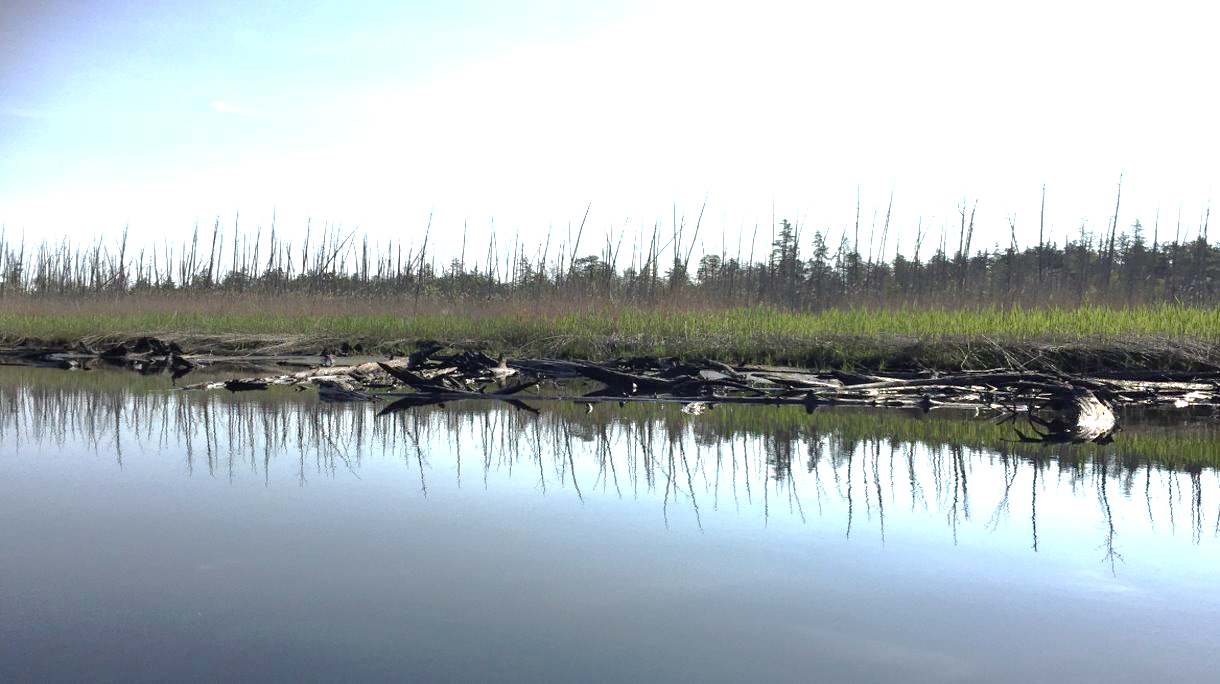
“Ghost Forests” Expanding Along Northeast U.S. Coast
Why are “ghost forests” filled with dead trees expanding along the mid-Atlantic and southern New England coast? Higher groundwater levels linked to sea-level rise and increased flooding from storm surges and very high tides are likely the most important factors, according to a Rutgers study on the impacts of climate change that suggests how to enhance land-use planning.

Argonne innovations and technology to help drive circular economy
In a collaborative effort to “recover, recycle and reuse,” Argonne strengthens research that addresses pollution, greenhouse gases and climate change and aligns with new policies for carbon emission reduction.
Weakened protections led to more disappearances of endangered Mexican wolves
Mexican wolves in the American Southwest disappeared more quickly during periods of relaxed legal protections, almost certainly succumbing to poaching, according to new research published Wednesday.
Rutgers Wildlife Experts Can Discuss Coyotes in New Jersey
New Brunswick, N.J. (March 2, 2021) – Rutgers University–New Brunswick wildlife experts Kathleen Kerwin and Chris Crosby are available for interviews on coyote ecology and behavior, how and when coyotes got to New Jersey and how to avoid human-coyote conflict. “The…
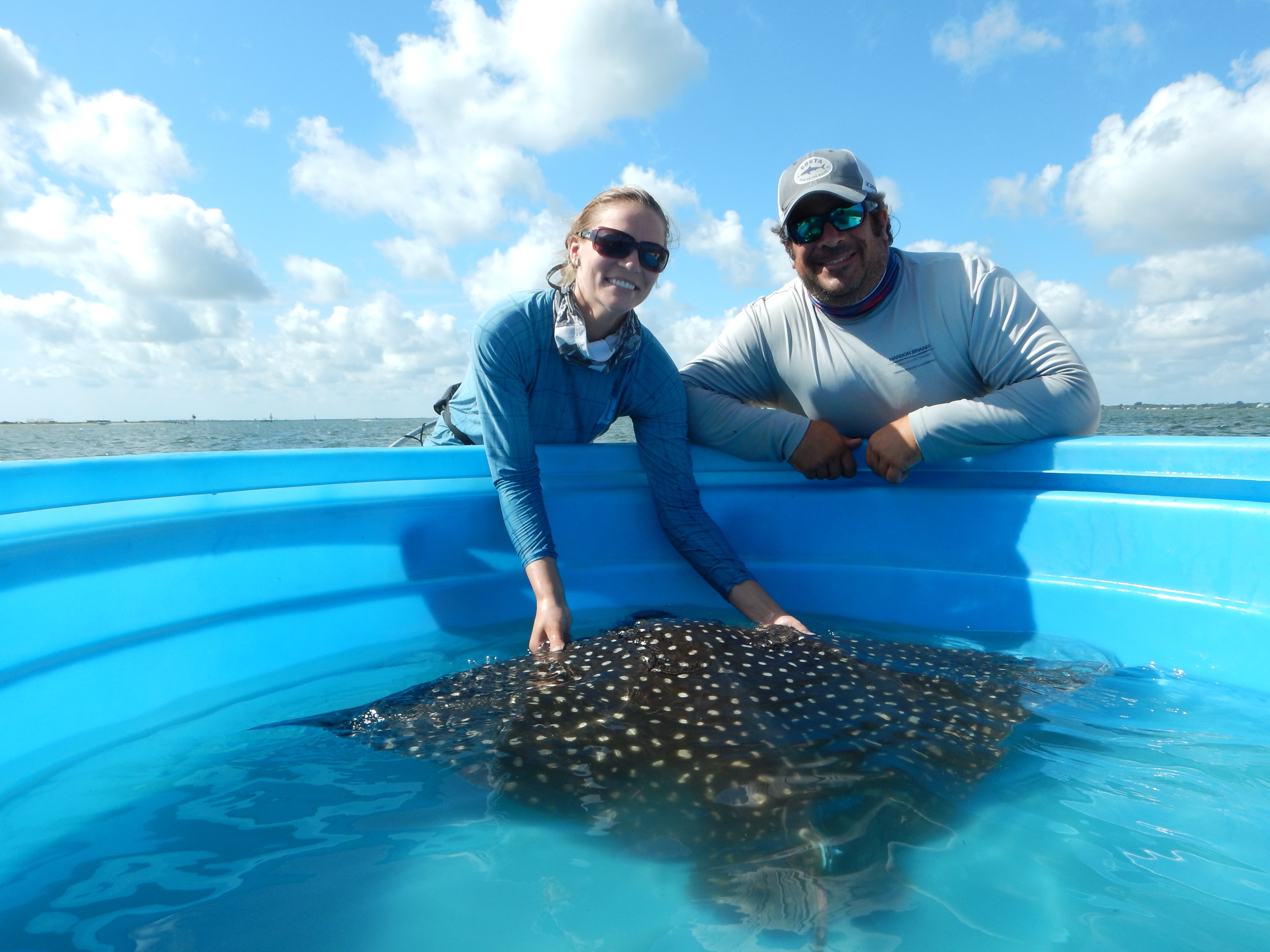
Drifter or Homebody? Study First to Show Where Whitespotted Eagle Rays Roam
It’s made for long-distance travel, yet movement patterns of the whitespotted eagle ray remain a mystery. Between 2016 and 2018, scientists fitted 54 rays with acoustic transmitters and tracked them along both the Gulf of Mexico and Atlantic coasts of Florida, which differ in environmental characteristics. Results of the study reveal striking differences in travel patterns on the Atlantic coast compared to the Gulf coast. Findings have significant conservation and adaptive management implications for this protected species.

Biologists uncover forests’ unexpected role in climate change
New research from West Virginia University biologists shows that trees around the world are consuming more carbon dioxide than previously reported, making forests even more important in regulating the Earth’s atmosphere and forever shift how we think about climate change.
As climate change cranks up the heat in the Mojave Desert, not all species are equally affected
A new study shows how climate change is having a much greater impact on birds than small mammals in the Mojave Desert in the southwestern United States. The study could inform conservation practices and shed new light on how climate change affects various species differently. The research drew on cutting-edge computer modeling as well as survey data from more than 100 years ago.
Human activity forces animals to move 70% further to survive
For the first time, scientists have calculated the global impact of human activity on animal movement, revealing widespread impacts that threaten species survival and biodiversity.
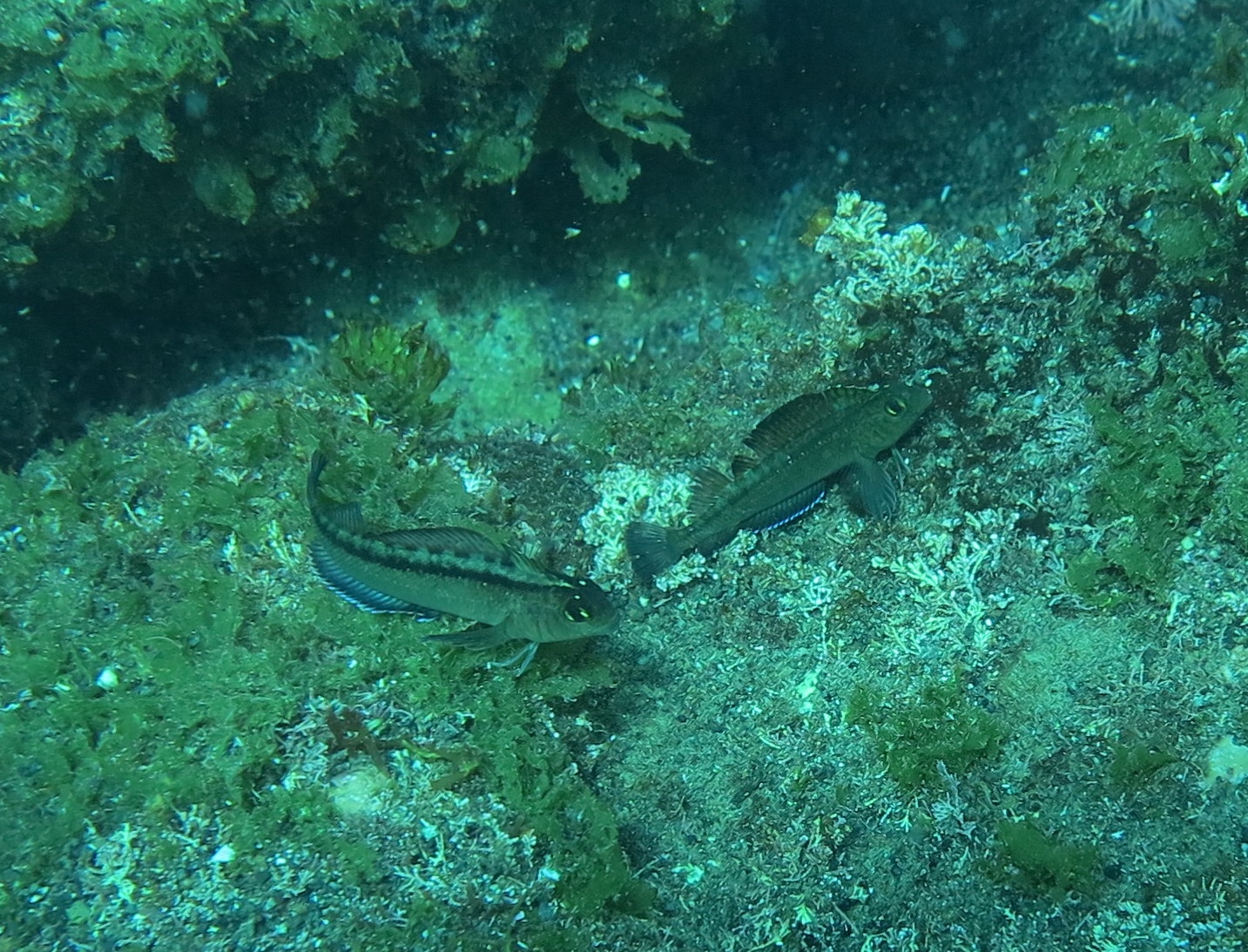
Fish sex organs boosted under high-CO2
Research from the University of Adelaide has found that some species of fish will have higher reproductive capacity because of larger sex organs, under the more acidic oceans of the future.
Rutgers Expert Available to Discuss Record Year for Bald Eagles in N.J.
New Brunswick, N.J. (Jan. 13, 2021) – Rutgers University–New Brunswick ecologist Michael C. Allen is available for interviews on the record year for bald eagles in New Jersey. “The resounding return of bald eagles in North America has been especially strong…

Asian butterfly populations show different mimicry patterns thanks to genetic ‘switch’
A new study by researchers at the University of Chicago and the City College of New York (CCNY) has identified a unique, genetic “mimicry switch” that determines whether or not male and female Elymnias hypermnestra palmflies mimic the same or different species of butterflies.
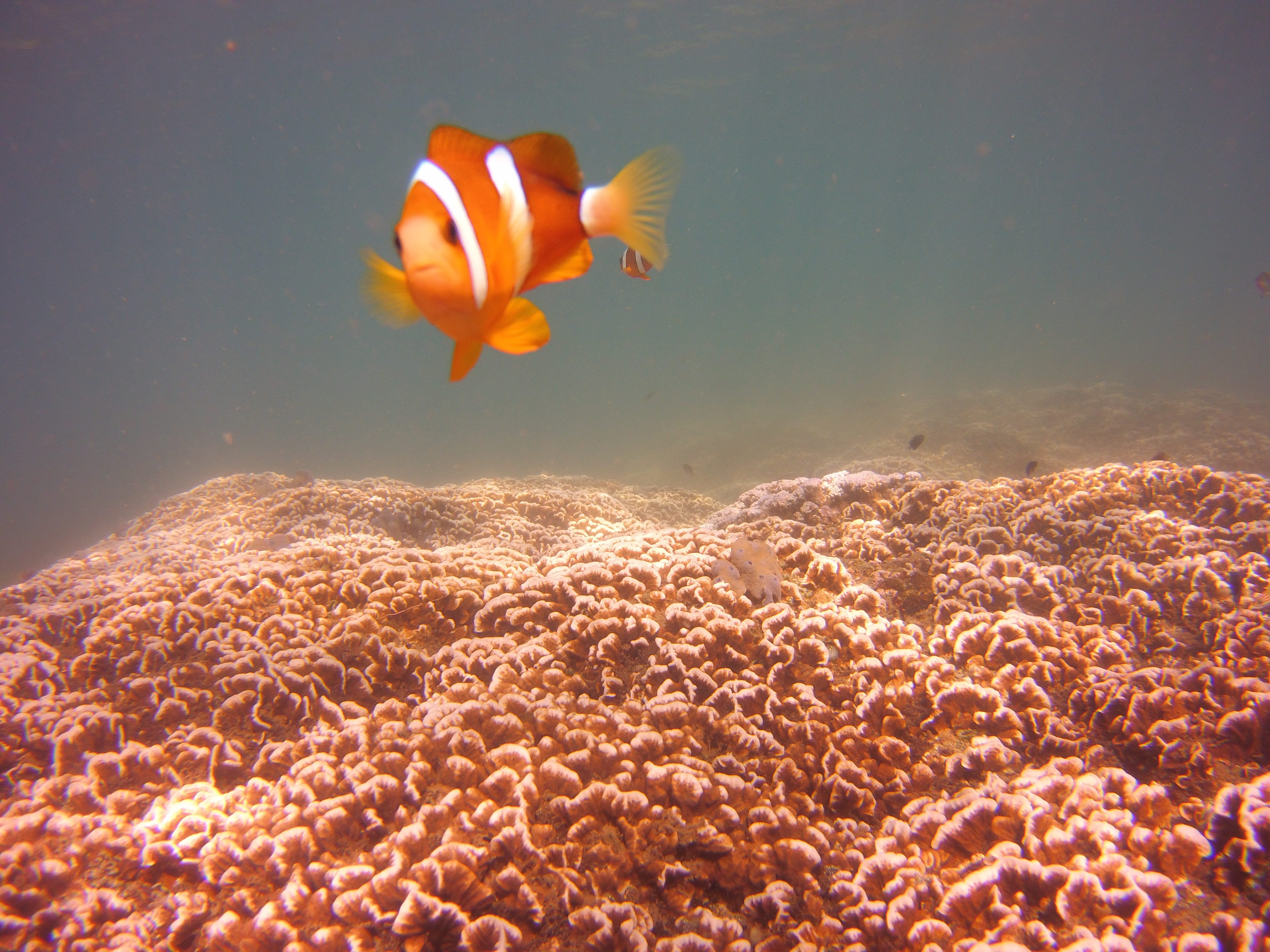
Big Differences in How Coral Reef Fish Larvae are Dispersed
How the larvae of colorful clownfish that live among coral reefs in the Philippines are dispersed varies widely, depending on the year and seasons – a Rutgers-led finding that could help scientists improve conservation of species. Right after most coral reef fish hatch, they join a swirling sea of plankton as tiny, transparent larvae. Then currents, winds and waves disperse them, frequently to different reefs.
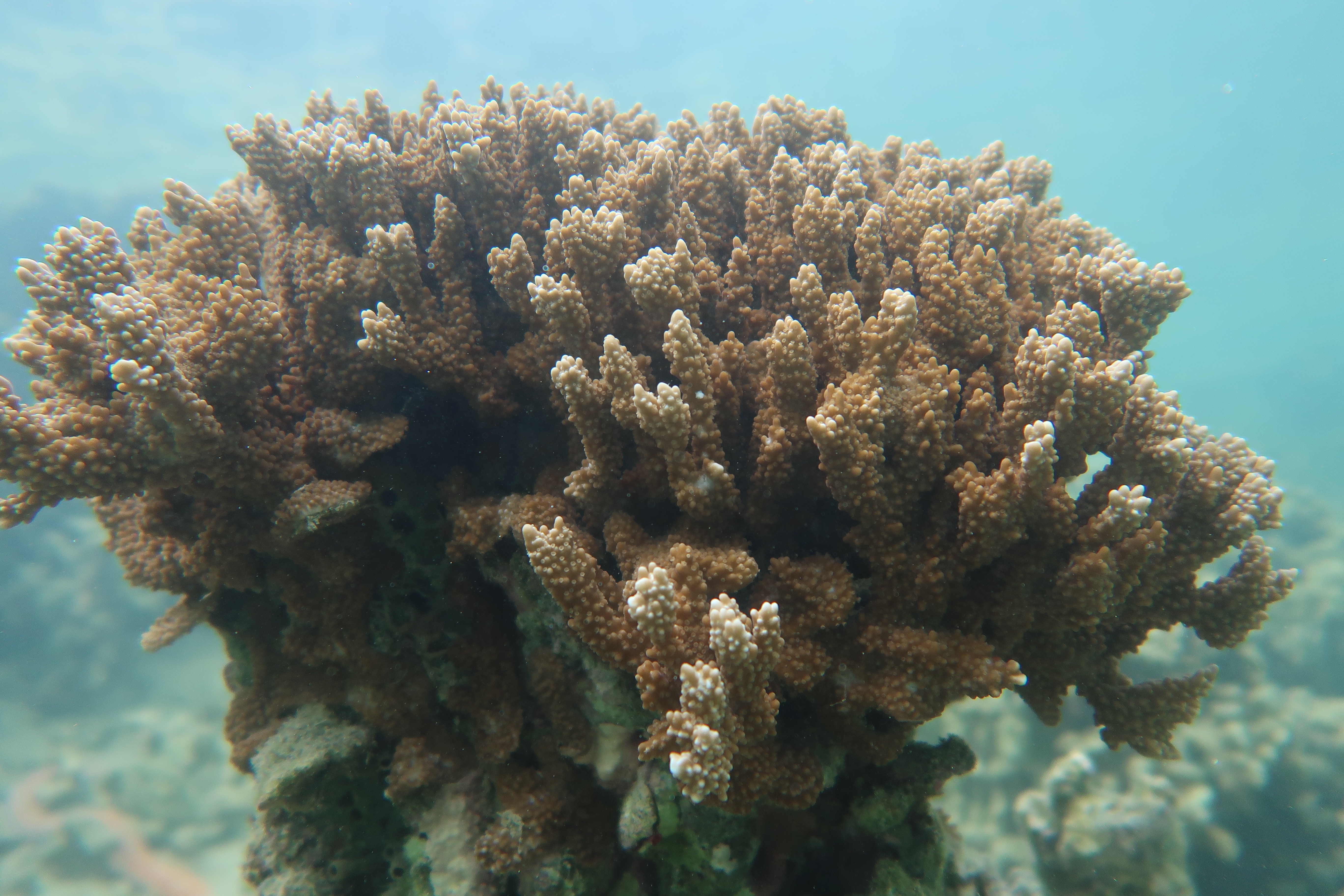
How to Identify Heat-Stressed Corals
Researchers have found a novel way to identify heat-stressed corals, which could help scientists pinpoint the coral species that need protection from warming ocean waters linked to climate change, according to a Rutgers-led study.
Research Can Help Pawpaws Gain New Ground
Despite its tropical-sounding name and exotic-tasting In a recent article in Plant Ecology, Associate Professor The pawpaw is extremely rare in New York State, with only 20 known locations. Stephen Tulowiecki, a geographer at SUNY Geneseo, studied the conditions that pawpaws favor, and developed a model to predict locations where pawpaws may grow and identify areas that might sustain newly introduced trees.
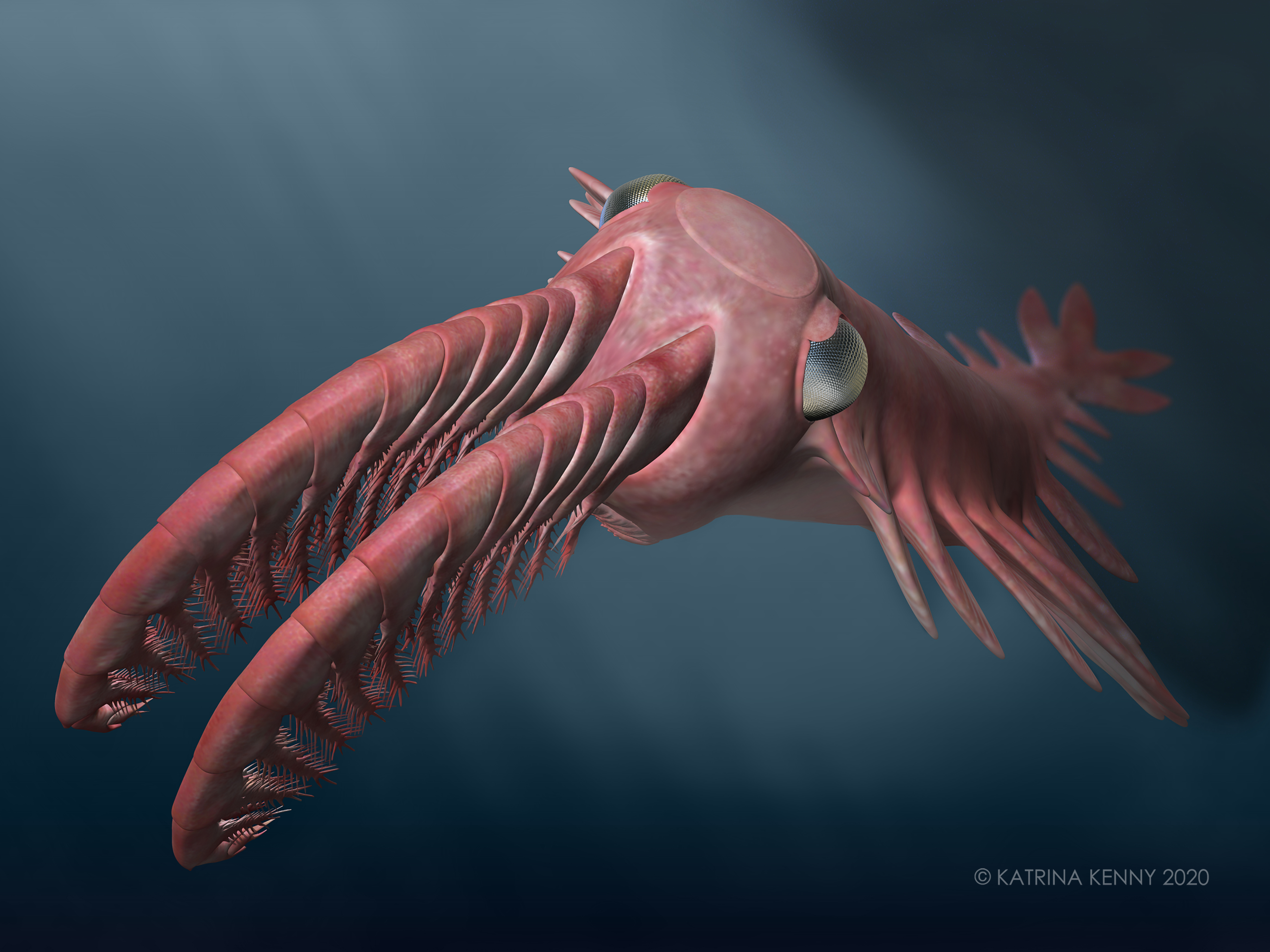
Incredible vision in ancient marine creatures drove an evolutionary arms rac
Ancient deep sea creatures called radiodonts had incredible vision that likely drove an evolutionary arms race according to new research published today.

Endangered Juvenile Smalltooth Sawfish Found in St. Lucie River
Scientists tagged and released a young, rare female smalltooth sawfish — a significant step for sawfish research and recovery efforts in Florida. The 10-year acoustic tag is a major milestone in providing crucial capacity to tell where these mysterious and endangered fish are headed in the future.

The Machine Inside a Catfish’s Catch
New research into how catfish capture prey provides an unparalleled view of the internal mechanics of fish skulls and could inspire the design of new underwater robots.
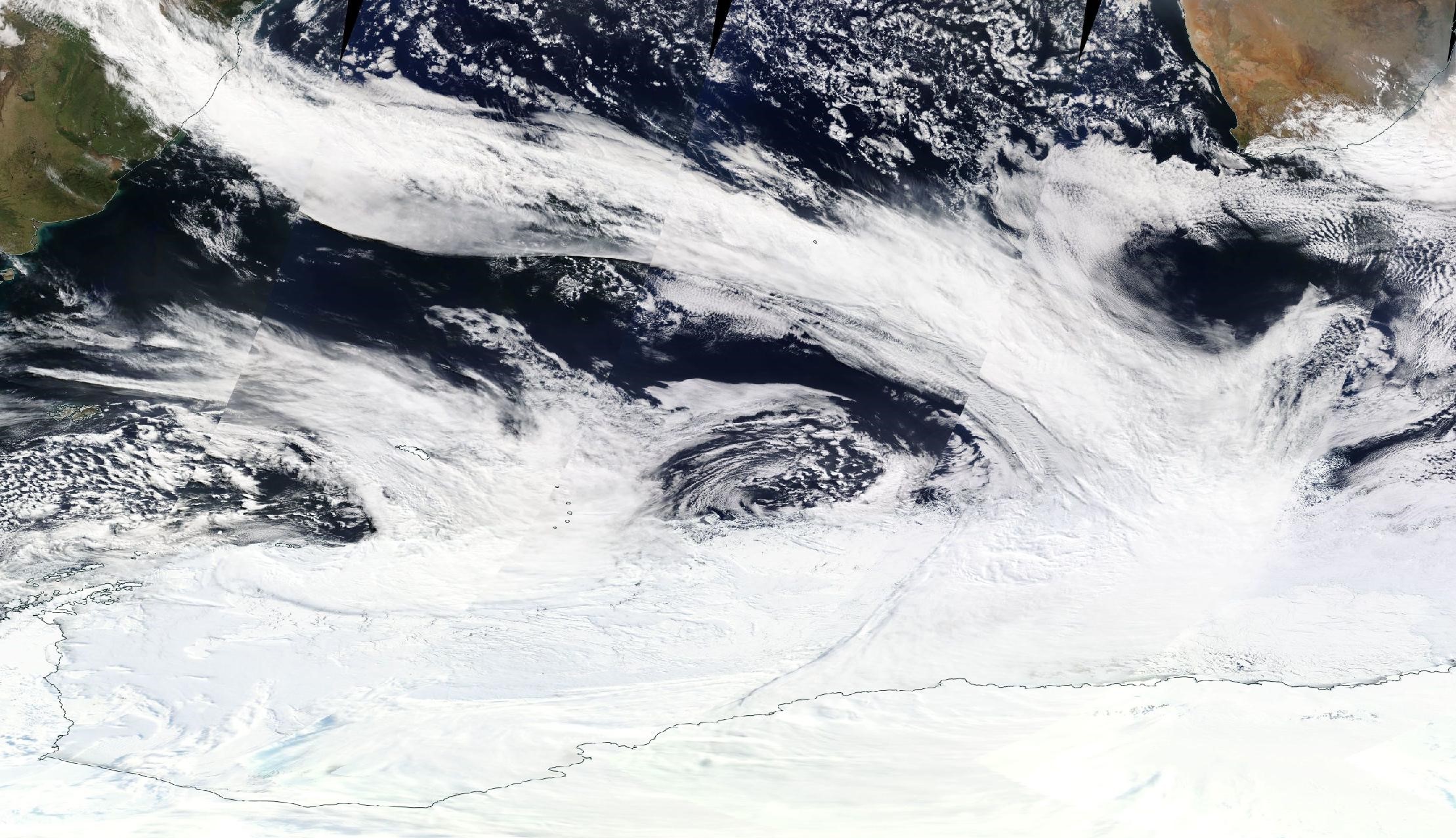
Atmospheric Rivers Help Create Massive Holes in Antarctic Sea Ice
Warm, moist rivers of air in Antarctica play a key role in creating massive holes in sea ice in the Weddell Sea and may influence ocean conditions around the vast continent as well as climate change, according to Rutgers co-authored research. Scientists studied the role of long, intense plumes of warm, moist air – known as atmospheric rivers – in creating enormous openings in sea ice. They focused on the Weddell Sea region of the Southern Ocean near Antarctica, where these sea ice holes (called polynyas) infrequently develop during the winter.

First long-term study conducted on relocated, young tortoises
A rare study shows how one of Georgia’s barrier islands provides a safe haven for gopher tortoises and gives researchers at the University of Georgia evidence to prove species relocation is an effective conservation tool.
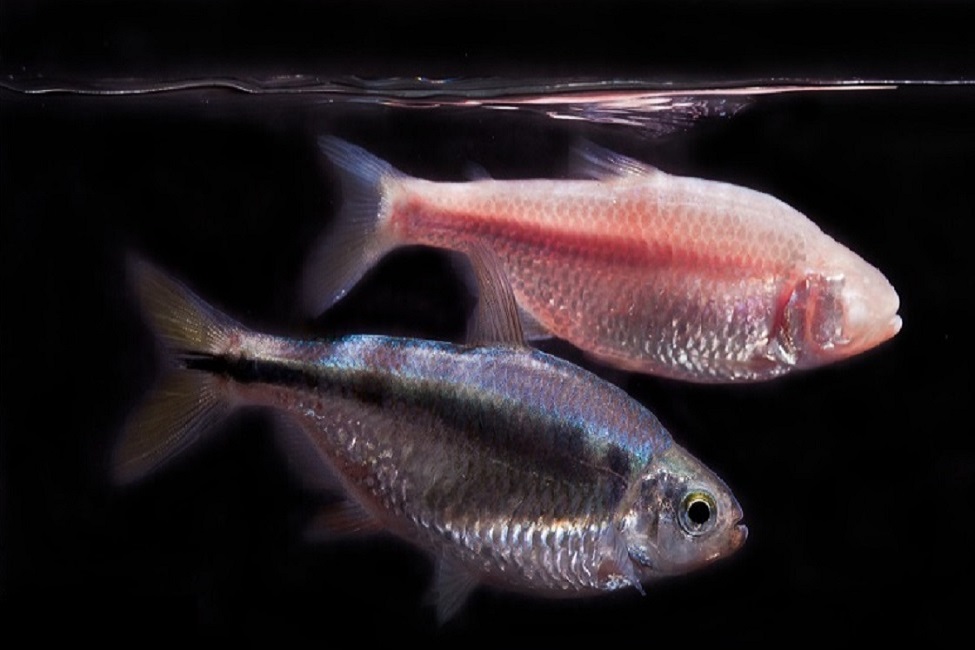
Boo! How Do Mexican Cavefish Escape Predators?
When startled, do all fish respond the same way? A few fish, like Mexican cavefish, have evolved in unique environments without any predators. To see how this lack of predation impacts escape responses that are highly stereotyped across fish species, scientists explored this tiny fish to determine if there are evolved differences in them. Findings reveal that the dramatic ecological differences between cave and river environments contribute to differences in escape behavior in blind cavefish and river-dwelling surface cavefish.
Rutgers Bat Researcher Can Discuss Iconic Halloween Animals
New Brunswick, N.J. (Oct. 20, 2020) – Evan Drake, a bat researcher and doctoral student at Rutgers University–New Brunswick, is available for interviews on iconic Halloween animals and misunderstood wildlife, as well as bats and COVID-19. Halloween is known for…

Mapping out rest stops for migrating birds
Researchers have developed a new metric called the stopover-to-passage ratio that can help determine if a majority of birds are flying over a particular site or stopping at the site to refuel or rest. This can have important implications for what is done on the ground to help migratory birds.

Study First to Tally Biomass from Oceanic Plastic Debris Using Visualization Method
Scientists examined cell abundances, size, cellular carbon mass, and how photosynthetic cells differ on polymeric and glass substrates over time, exploring nanoparticle generation from plastic like polystyrene and how this might disrupt microalgae. Conservative estimates suggest that about 1 percent of microbial cells in the ocean surface microlayer inhabit plastic debris globally. This mass of cells would not exist without plastic debris in the ocean, and thus, represents a disruption of the proportions of native flora in that habitat.
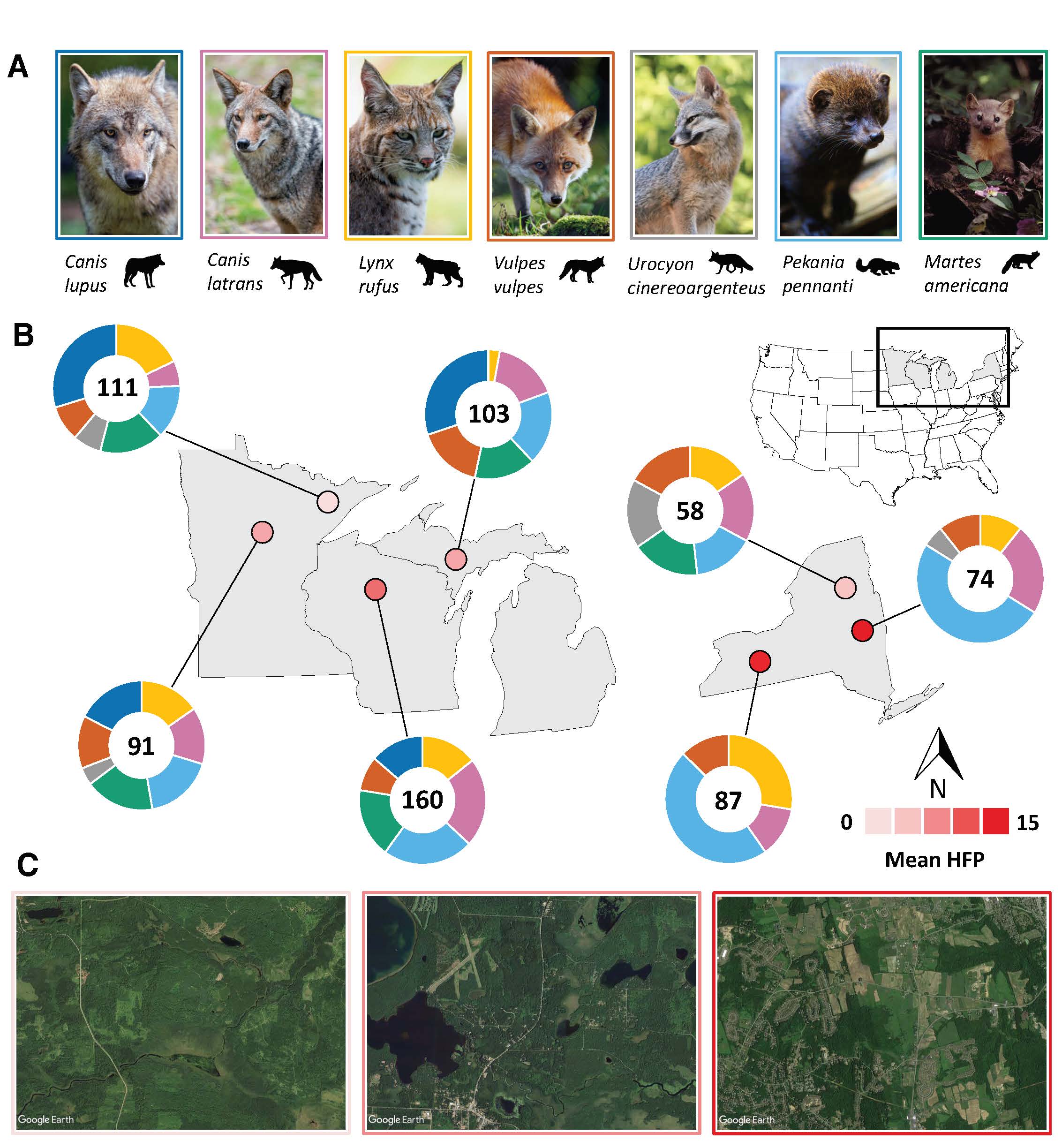
Carnivores living near people feast on human food, threatening ecosystems
MADISON – Ecologists at the University of Wisconsin–Madison have found that carnivores living near people can get more than half of their diets from human food sources, a major lifestyle disruption that could put North America’s carnivore-dominated ecosystems at risk.